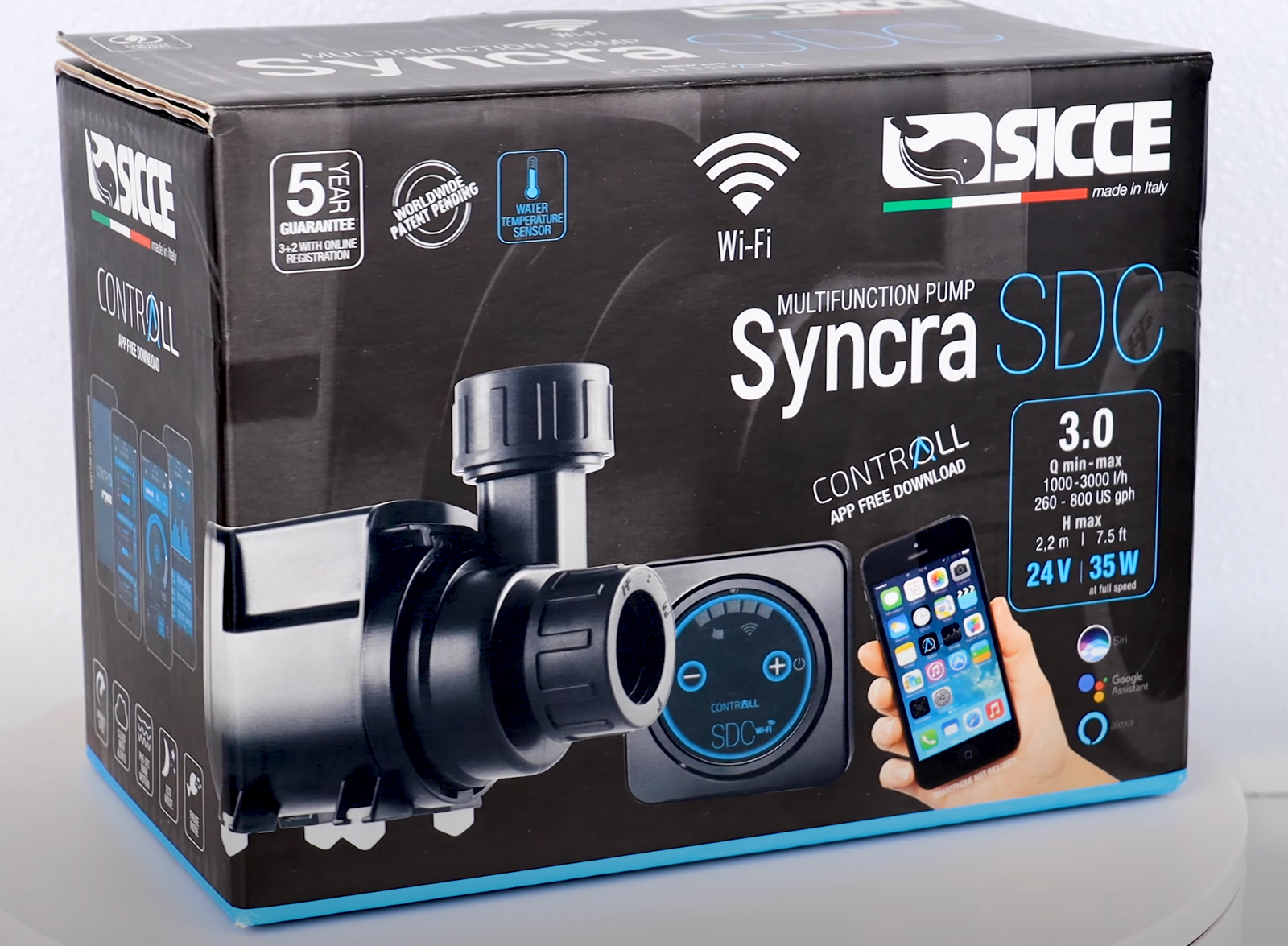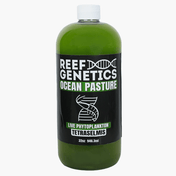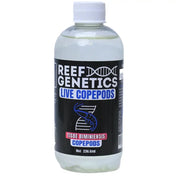When choosing a return pump for your aquarium, most hobbyists focus on gallons per hour (GPH). But one of the most overlooked—and most important—factors in return pump performance is head pressure. Understanding what it is and how it affects your flow rate can help you avoid common mistakes and make sure your system runs efficiently and quietly.
In this guide, we’ll break down what head pressure means, why it matters, how to calculate it, and how to choose a pump that can handle your system’s needs.
What Is Head Pressure?
Head pressure (also called head height or total dynamic head) refers to the resistance your return pump must overcome to move water from your sump back into your aquarium. It’s essentially the vertical and frictional resistance against water flow caused by plumbing height, elbows, valves, and fittings.
For example, if your return pump needs to push water 5 feet vertically through a pipe with several 90-degree elbows and valves, it’s going to work a lot harder than it would pushing water just 2 feet through a straight pipe.
Why Does Head Pressure Matter?
Manufacturers rate pumps based on maximum GPH at zero head pressure. But once you start adding plumbing and elevation, the real-world flow rate drops—sometimes drastically.
-
Reduced Flow: A pump rated at 1000 GPH might only deliver 600–700 GPH at 4–5 feet of head height.
-
Underperformance: Inadequate flow can cause poor filtration, stagnant sump areas, and reduced oxygen exchange.
-
Pump Strain: If your pump is constantly working near its limit, it may run hotter, louder, and wear out faster.
Accurately accounting for head pressure ensures you buy a return pump that delivers the flow you actually need—not just what’s printed on the box.
Understanding Friction Loss
In addition to vertical height, friction loss plays a major role in determining your system’s head pressure. Friction loss refers to the resistance created by fittings, valves, plumbing material, and pipe diameter. These components reduce water flow by forcing it to navigate curves, restrictions, and surface roughness.
Common contributors to friction loss:
-
90-degree elbows: ~0.5 feet of head per elbow
-
Ball or gate valves: ~0.5 feet of head each
-
Check valves: Some can add 0.75–1 foot depending on the model
-
Unions, tees, and barb fittings: Each adds measurable resistance
-
Narrow plumbing: Using pipe smaller than the pump’s outlet can increase pressure and reduce flow
Use smooth, appropriately sized plumbing and minimize the number of fittings when possible to reduce total head.
How to Calculate Head Pressure
To estimate total dynamic head (TDH):
-
Measure Vertical Height: This is the distance from the surface of the water in your sump to the return outlet in your display tank.
-
Add Friction Loss: Every elbow, ball valve, check valve, union, or fitting adds resistance. General rule: each 90-degree elbow adds ~0.5 feet of head pressure.
-
Consider Pipe Size: Narrower plumbing increases friction. Use appropriately sized piping to reduce unnecessary loss.
Example:
-
Vertical height: 4 feet
-
Two 90-degree elbows: 0.5 ft each = 1 foot
-
Ball valve: 0.5 ft
-
Total estimated head pressure = 5.5 feet
How to Choose a Return Pump Based on Head Pressure
Once you calculate your system’s TDH, review the pump’s flow curve. Manufacturers provide a graph showing how much flow the pump delivers at different head heights.
-
If your TDH is 5 feet, check the pump’s GPH rating at that mark—not at zero.
-
If a pump is rated for 1000 GPH but drops to 450 GPH at 5 feet, that may be insufficient for a 100-gallon tank.
Also consider:
-
Future-Proofing: If you plan to add reactors, UV sterilizers, or other inline equipment, choose a slightly stronger pump.
-
DC vs. AC Pumps: DC pumps often allow flow adjustment to compensate for head pressure more easily.
Common Plumbing Mistakes That Increase Head Pressure
Even well-designed tanks can lose efficiency due to avoidable plumbing choices. Here are some frequent mistakes that hobbyists make:
-
Using undersized return plumbing: For example, running ¾" tubing on a 1" pump output can restrict flow.
-
Excessive elbows or hard angles: Sharp turns increase friction—sweep 45° fittings can reduce loss.
-
Poor horizontal layout: Long runs with dips or loops can trap air or increase resistance.
-
Improper check valve placement: Some add significant backpressure if not installed correctly.
-
Mounting return plumbing too high: The higher your outlet, the harder your pump must work.
Plan your plumbing with efficiency in mind. A well-routed return line can save you energy, noise, and maintenance over time.
Real-World Examples
Example 1: Nano Reef Setup (Low Head Pressure)
-
Tank size: 20 gallons
-
Vertical return rise: 2 feet
-
One soft tube and a single 90° elbow
-
Estimated head pressure: ~2.5 feet
-
Result: Even a small DC return pump can deliver optimal flow with headroom for tuning
Example 2: SPS Reef with Manifold (High Head Pressure)
-
Tank size: 150 gallons
-
Vertical height: 5 feet
-
Three 90° elbows, one check valve, one gate valve
-
Manifold feeds UV sterilizer and two media reactors
-
Estimated head pressure: ~7–8 feet
-
Result: Needs a strong return pump rated for 1000+ GPH at 8 feet or a DC pump set to high output
Final Thoughts
Head pressure is one of the most important—and most misunderstood—factors in choosing a return pump. By understanding how your plumbing affects flow, you can avoid common pitfalls like underpowered pumps, noise issues, and inefficient circulation.
Always calculate your total dynamic head and choose a return pump that provides your desired GPH at that height. A well-matched return pump will ensure consistent flow, healthy filtration, and long-term reliability in your reef or freshwater aquarium system.


















